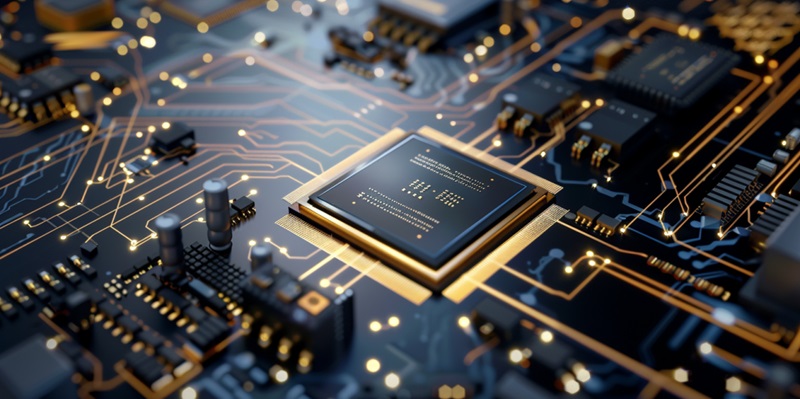Nvidia’s introduction of the Rubin GPU marks a significant technological shift, underscoring an escalating demand for high-performance computing in the field of artificial intelligence. Named after the influential astronomer Vera Rubin, these next-generation GPUs appear determined to set new benchmarks in both AI performance and energy efficiency. The move indicates Nvidia’s keenness to address the energy-consuming elephant in the room – the power-hungry nature of high-end GPUs – without sacrificing computational prowess.
Shifting Focus to AI and Energy Conservation
The burgeoning AI market calls for specialized hardware that can handle vast amounts of data while minimizing energy usage. Nvidia’s Rubin GPUs, constructed using TSMC’s advanced N3 fabrication node, are designed to meet this demand, heralding a new era of energy-efficient yet powerful AI computing. Equipped with HBM3 stacked memory, Rubin promises to deliver blazing speeds while keeping a tight rein on power consumption – a critical consideration for data centers where operational costs can quickly spiral out of control due to high energy requirements.
While targeting energy efficiency, Rubin does not seem to compromise on performance. Its architecture is specifically tailored for AI tasks, with a formidable 4x reticle size that denotes potential for chip complexity and capacity. By utilizing Chip-On-Wafer-On-Substrate (CoWoS) technology, Rubin is poised to tap into levels of compute density and integration that could significantly accelerate AI workloads. Such technological advancements, central to Rubin’s design philosophy, are likely to redefine the standards for AI-dedicated processors.
Potential Impact on Markets and Consumers
The Rubin GPU’s impact on both the market and consumers could be substantial. Its emphasis on energy efficiency is likely to resonate with data center operators looking to reduce their carbon footprint and operational costs. Additionally, the power efficiency of the Rubin GPU may enable more extensive deployment of AI technologies across various sectors. For consumers, this could translate to advancements in AI services and applications, better performance per watt, and potentially lower costs as energy-efficient technologies become more mainstream. The Rubin GPU could indeed be the harbinger of a new wave of eco-friendly, high-performance computing.

